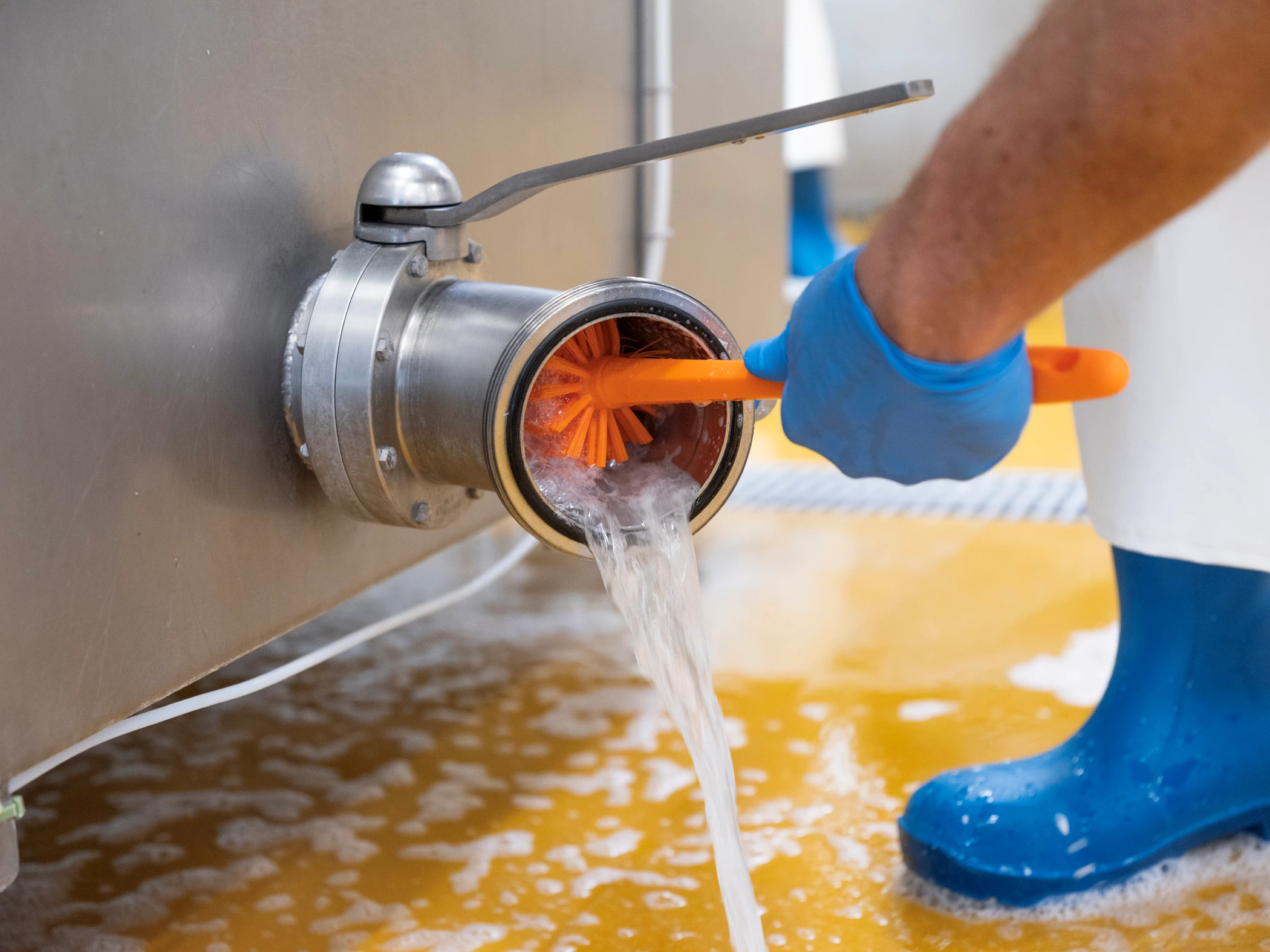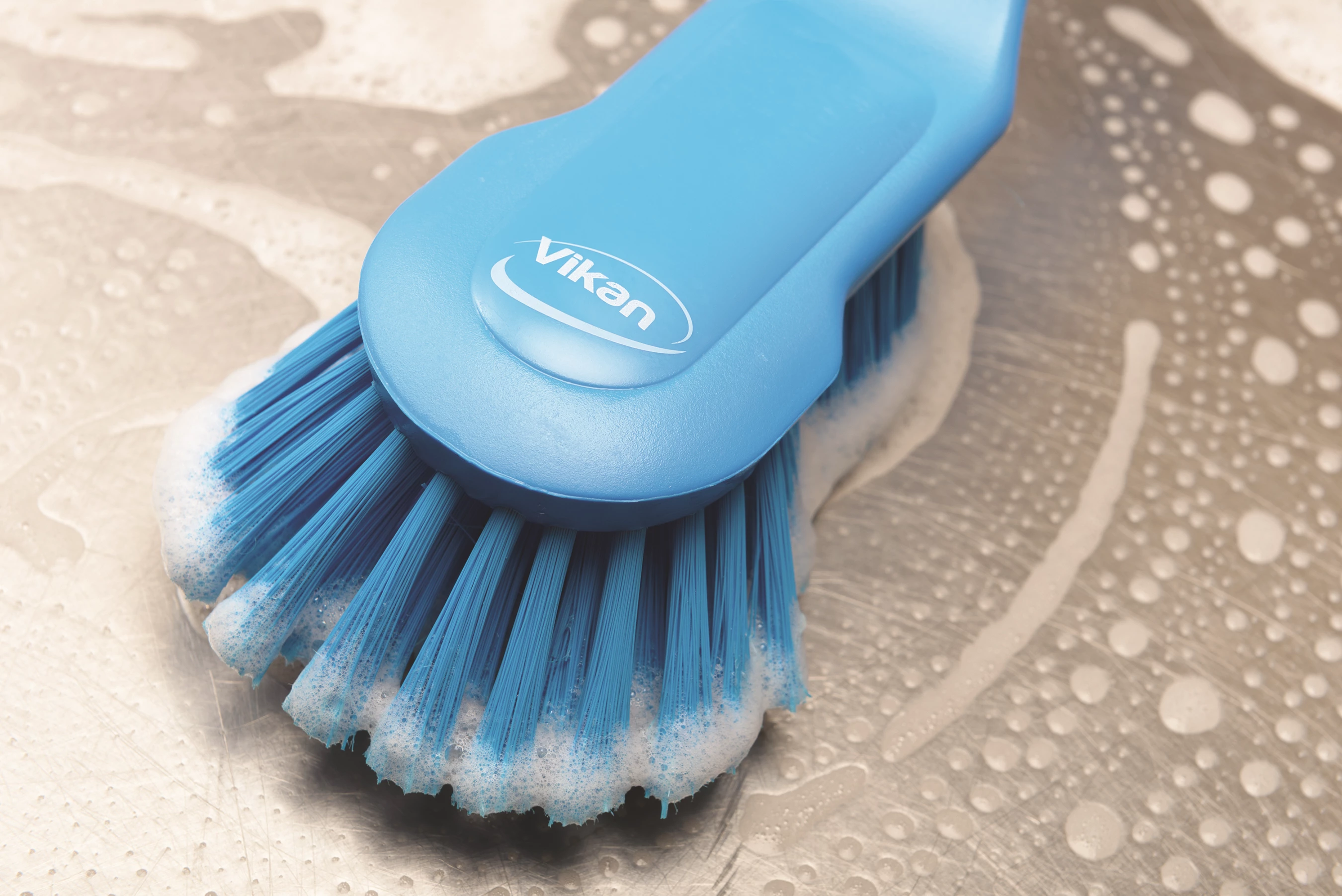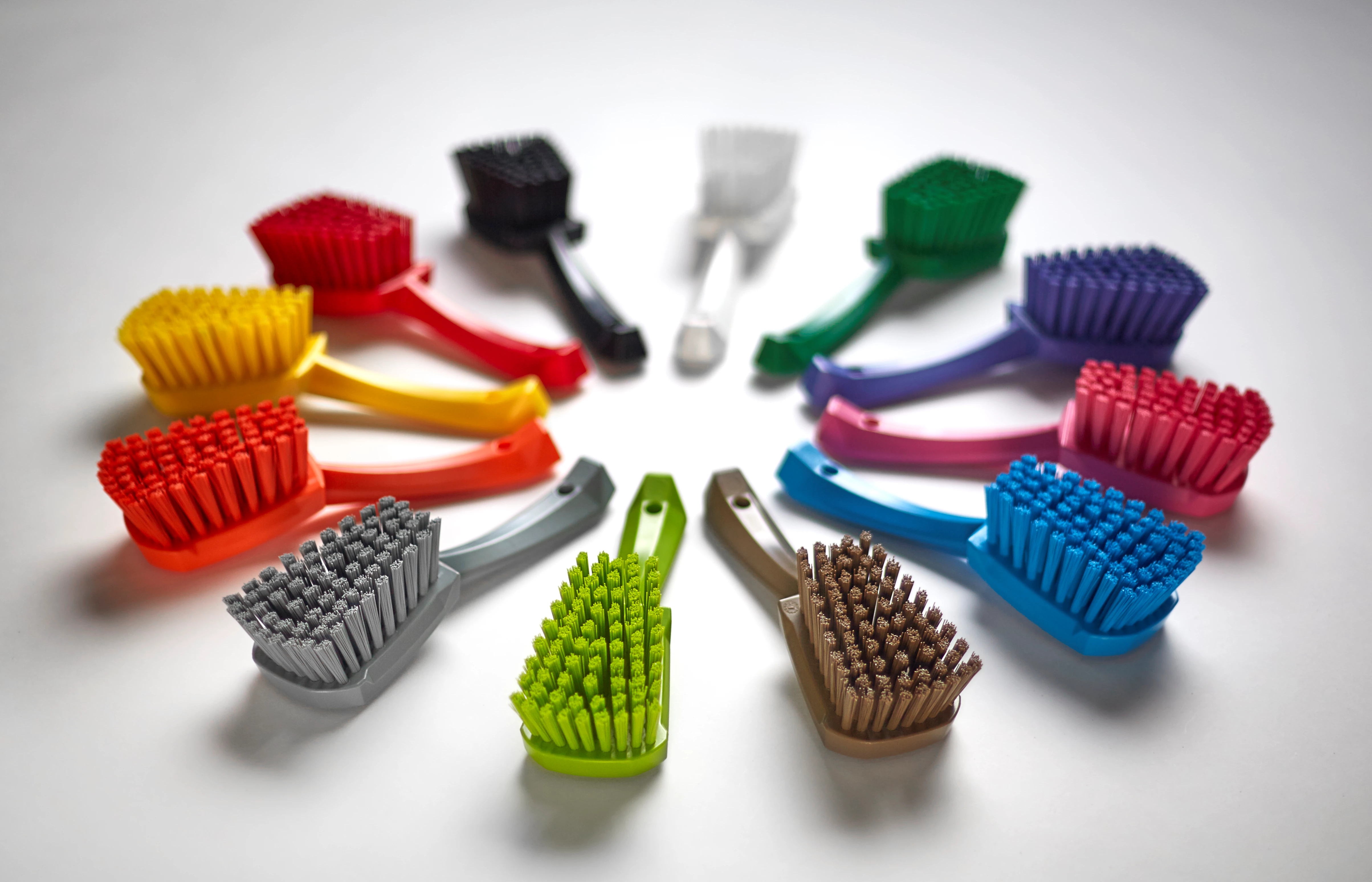During our “Achieving Hygienic Design Compliance: What every food industry stakeholder should know†webinar, industry leaders shared valuable insights into the core principles of hygienic design and the current regulatory standards in both the EU and the US.
Experts such as Deb Smith from Vikan, Dr. Jim Hartley from Mondelez International, Patrick Wouters from Cargill and EHEDG, and Tim Rugh from 3-A SSI provided answers to a range of questions during and after the session. Here are six key takeaways that we believe will be useful for anyone working in the food sector.
1. Are there international standards or guidelines for hygienic design in the food industry?
- EHEDG offers a wide range of guidelines, while 3-A SSI provides sanitary standards for purchase.
- GFSI Scopes JI and JII are expected to form the foundation for certification programs like BRCGS, SQF, and FSSC 22000. EHEDG has also published a white paper on this topic.
- Other reputable organizations, including NSF and AIB, offer general or specialized hygienic design standards.
2. Are there global guidelines for auditing hygienic design in food equipment and cleaning tools?
Both BRCGS and FSSC22000 provide interpretation guides with audit guidelines for food equipment and cleaning tools. Vikan also has several publications that can help improve your understanding of hygienic design in cleaning tools:
• Choosing hygienically designed cleaning and food-handling tools
• Are your cleaning tools food safe?
• Decontamination of food industry cleaning brushware – a matter of hygienic design
3. Is there evidence that investing in hygienic equipment improves profitability?
While direct studies are limited, it’s reasonable to assume that well-designed facilities and equipment reduce risks, lower sanitation costs, and prevent recalls. In cases where poor design led to failures, companies faced severe consequences — including bankruptcy, fines, or legal action.
4. How do 3-A SSI and EHEDG compare in purpose and scope?
These two organizations collaborate closely, share standards, and have a strong partnership. While 3-A SSI is more active in the U.S., EHEDG focuses on Europe and global markets. Both aim to promote hygienic design through education, training, and standardization.
5. How can we educate suppliers and sites in developing countries on hygienic design?
EHEDG offers global training programs, including e-learning modules, and can tailor sessions to specific needs. You can access their materials via their website or request a custom session. Similarly, 3-A SSI provides free online resources to help teams understand hygienic design basics.
6. What features define hygienically designed equipment?
Key features include smooth, easy-to-clean surfaces, non-toxic and corrosion-resistant materials, rounded internal angles, self-draining designs, and no gaps or crevices where contaminants can accumulate. These principles are outlined in 3-A, EHEDG, and other industry guidelines.
For more information, contact:
- Deb Smith, Global Hygiene Specialist at Vikan
- Patrick Wouters, Global Hygienic Design Lead at Cargill and EHEDG
- Tim Rugh, Executive Director at 3-A SSI
Disclaimer: The opinions expressed are those of the experts and not endorsements of any products or services. Always conduct site-specific risk assessments and develop your own food safety controls.
Recent blog posts

Cross-Contamination Control Strategies Part 1: What are the top violations related to equipment and environmental sanitation?
The safety and quality of food products rely greatly on the sanitation of the processor’s equipment and environment. Close to 18 years of data has shown that overall, 1-in-3 inspection violations involve equipment and environmental sanitation issues. This post explores the most common violations and how they can be prevented.

2023 Food Safety Developments and our Great Expectations for 2024
As we approach the end of 2023, it's time to reflect on the key trends and advancements in food hygiene and sanitation. This post highlights some of the most impactful developments and what we hope to see in the coming year.

Top 6 Food Safety Culture and Color-Coding Webinar Questions Answered by Industry Experts
In our recent webinar on food safety culture, experts discussed how color-coding helps reinforce safe practices among employees. This post summarizes the top six questions asked and the responses from industry professionals.
Nose Hair Trimmer,Trimming Hair Machine,Nose Hair Trimmer Household,Protable Nose Hair Tool
ZHEJIANG SHENGFA ELECTRIC APPLIAMNCES CO.,LTD , https://www.sfelectricappliances.com